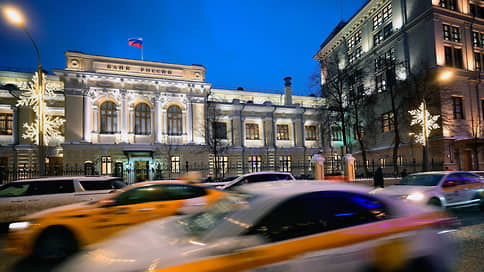The Central Bank outlined the rules of exchange – Kommersant FM
[ad_1]

The Central Bank explained how Russians will be able to sell blocked assets. The regulator officially confirmed what the government had previously said: the exchange will take place at the expense of non-resident funds held in type C accounts. To participate in transactions, investors will have to submit an application, for example, through a broker or management company. At the same time, the amount of assets that will be put up for sale should not exceed 100 thousand rubles. In turn, non-residents will also have to submit an application to participate in the auction. And after the funds are written off from the C accounts, Russian players will be able to dispose of them without any restrictions.
What prevents the mechanism from starting? Evgeniy Konovalov, a senior lawyer at the Delcredere law office, believes that the document still requires clarification: “In the order that the Bank of Russia has determined, there are many gaps that will have to be resolved by the legal commission. The entire procedure for exchanging assets goes through auctions, the conditions of which must be determined by a government commission.
This document basically simply describes the procedure for the interaction of professional participants with each other: who notifies whom about what, how the transaction occurs in general terms.
That is, the Russian investor who wants to sell his assets, the total value of which does not exceed 100 thousand rubles, expresses a desire to participate in these auctions. For him, the depository separates certain accounts on which these securities are blocked.
In turn, non-residents wishing to take part in trading submit applications to purchase these securities. Then the auction organizer will first have to transfer these assets to a certain transit account, after which they will be written off in favor of the non-resident who offered a higher price. In principle, so far this mechanism looks quite working from a technical point of view.”
According to the latest estimates from the Ministry of Finance, approximately 3.5 million Russian investors suffered as a result of blocking of foreign assets, and in total, funds worth 1.5 trillion rubles were frozen abroad.
And there is a risk that the demand from non-residents will not be so high, noted Alexander Nektorov, a partner at the NSP law office: “Why do foreigners need this? In fact, they will give away money that they do not have access to and receive paper in exchange. But then the question arises: what will they do with them?
After all, these funds will still be located in the Russian depository infrastructure and, accordingly, in order to be able to sell them at the market price, they need to be removed from NSD. To do this, you need to go through seven circles of hell with different licenses.
“The bottom line is that foreigners will actually exchange money for paper and then, apparently, for a long time they will continue to work to remove these assets from the Russian depository system and be able to convert them into hard currency.”
Earlier, First Deputy Chairman of the Central Bank Vladimir Chistyukhin stated that the exchange of assets would definitely not begin this year. He clarified that there is no clear outline of the process yet, and when it appears, a long period of approvals will begin on each side. However, according to him, the beginning of the exchange of assets is “just around the corner.”
Everything is clear with us – Telegram channel “Kommersant FM”.
[ad_2]
Source link





